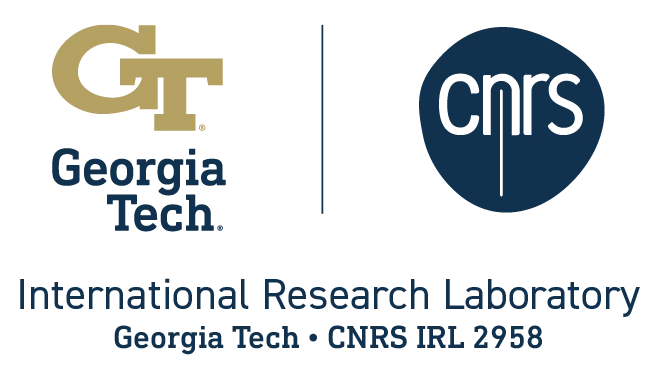Nonlinear Dynamics
Our research group is at the forefront of studying the complex nonlinear dynamics of semiconductor lasers and optoelectronic feedback systems. By investigating the behavior of lasers under various feedback mechanisms, including chaotic dynamics, bifurcation scenarios, and pulse generation, we develop innovative solutions with applications in secure communication, neuromorphic computing, and microwave photonics.
Key Research Areas
- Chaotic Dynamics and Bifurcation Phenomena in Semiconductor Lasers
Our research extensively explores chaotic dynamics and bifurcation phenomena in semiconductor lasers, especially under external optical and optoelectronic feedback. We study how chaotic regimes can be harnessed for applications such as secure communication systems, where chaos-based encryption offers high levels of data security. Key contributions include:- Crisis Route to Chaos: We have mapped the crisis route to chaos in semiconductor lasers, revealing how transitions between periodic, quasi-periodic, and chaotic states can be controlled via feedback parameters.
- Bifurcation Diagrams: By analyzing the bifurcation behavior of laser diodes and external-cavity lasers, we provide insights into the nonlinear transitions and synchronization regimes, helping optimize the performance of chaotic systems for real-world applications.
- Optoelectronic Feedback and Square-Wave Generation
One of the most notable findings of our research is the generation of self-sustained square-wave (SW) signals in semiconductor lasers with delayed optoelectronic feedback. This phenomenon has been investigated across a variety of laser architectures, including edge-emitting and vertical-cavity surface-emitting lasers (VCSELs). The square-wave dynamics offer potential for application in optical communications, metrology, and sensing:- Optical Square-Waves in Laser Diodes: We have demonstrated optical square-wave generation in a laser diode with optoelectronic feedback, offering a tunable repetition rate and duty cycle. This dynamic behavior is beneficial for applications like microwave signal generation and lidar.
- Multiplet Cascades: Our work uncovers the formation of multiplet pulse structures in semiconductor lasers with positive optoelectronic feedback, revealing a rich landscape of nonlinear pulse dynamics. These configurations are of great interest for neuromorphic computing and high-precision optical systems.
- Secure Optical Communication Using Chaos
Chaos-based communication is one of the exciting applications of our research. We investigate the chaotic synchronization of semiconductor lasers for secure optical communication, where chaotic signals are used to encode and transmit data securely over optical channels. This approach leverages the inherent unpredictability of chaos to prevent data interception:- Time-Delay Concealment: We have developed systems that conceal time-delay signatures in chaotic feedback systems, making it difficult for unauthorized parties to extract hidden information from encrypted signals.
- Random Bit Generation: By utilizing the chaotic regimes of semiconductor lasers, we have pioneered techniques for generating high-quality random bits, which are essential for encryption and secure communication protocols.
- Nonlinear Pulse Dynamics and Neuromorphic Applications
Our research also explores the intersection between nonlinear laser dynamics and neuromorphic systems, where optical pulses are used to simulate neural activity for data processing and memory systems:- Bursting Dynamics: We investigate bursting pulse dynamics in lasers, where multiple pulses are generated periodically in response to feedback. This behavior mimics neuronal bursting, making it suitable for applications in neuromorphic computing and memory storage.
- Square-Wave Synchronization for Data Processing: The square-wave synchronization observed in our systems has direct implications for the design of neuromorphic circuits that rely on periodic pulse generation and timing for efficient data encoding.
Applications and Impact
- Secure Optical Communication: By exploiting chaotic synchronization in semiconductor lasers, we contribute to the development of secure, high-speed communication systems that are resistant to eavesdropping.
- Neuromorphic Computing: Our exploration of pulse dynamics and square-wave generation paves the way for optical systems that mimic neural networks, providing solutions for data storage and high-speed processing in neuromorphic architectures.
- Microwave Photonics: The optoelectronic feedback systems we study have applications in microwave photonics, where the generation of stable, high-frequency microwave signals is essential for modern communication systems and radar technologies.
Future Directions
Our ongoing research will continue to explore chaotic laser dynamics, pulse generation, and feedback control mechanisms. We aim to further develop applications for chaos-based secure communication, neuromorphic data processing, and advanced photonics systems for next-generation technologies.
